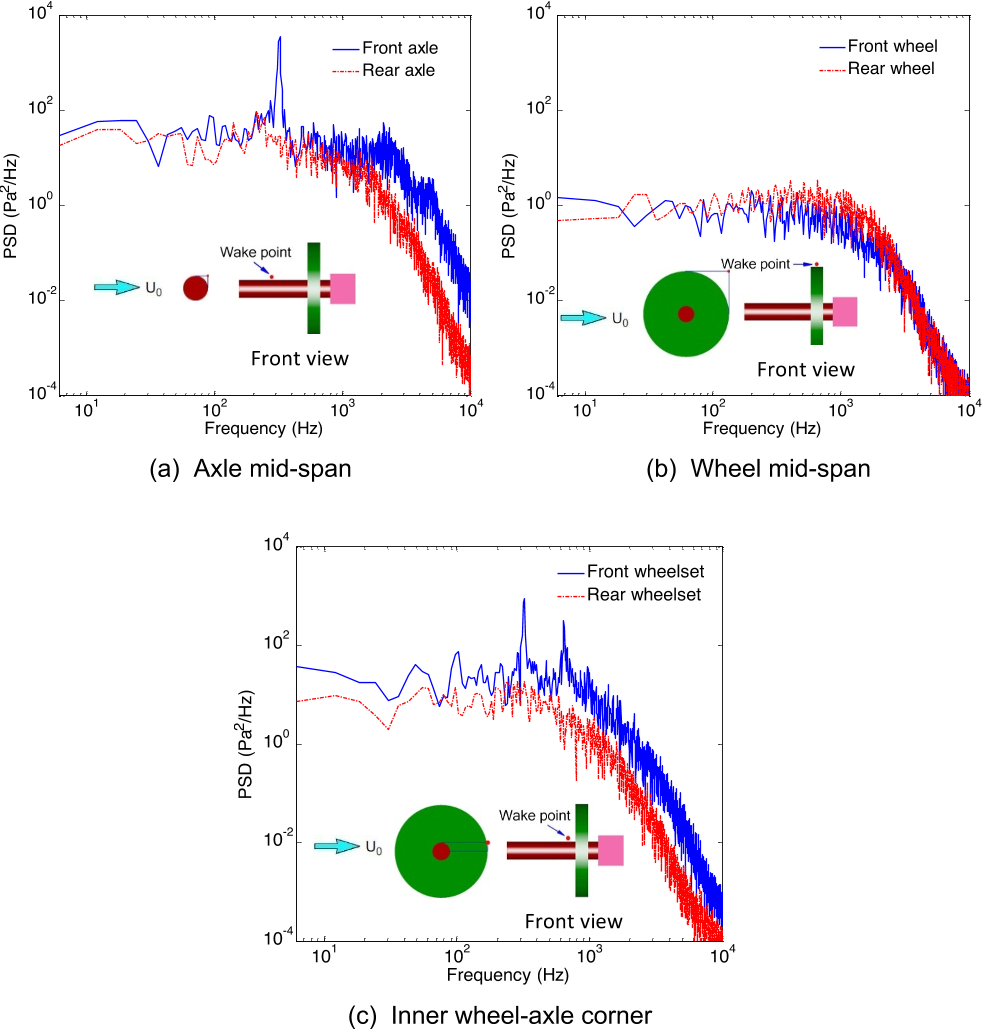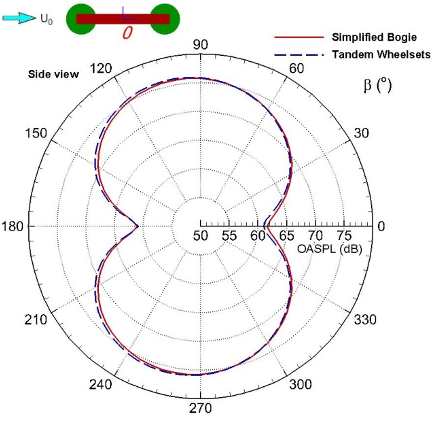Q2. What future works have the authors mentioned in the paper "Flow behaviour and aeroacoustic characteristics of a simplified high-speed train bogie" ?
Such factors need to be accounted for in future work.
read more






Such factors need to be accounted for in future work.